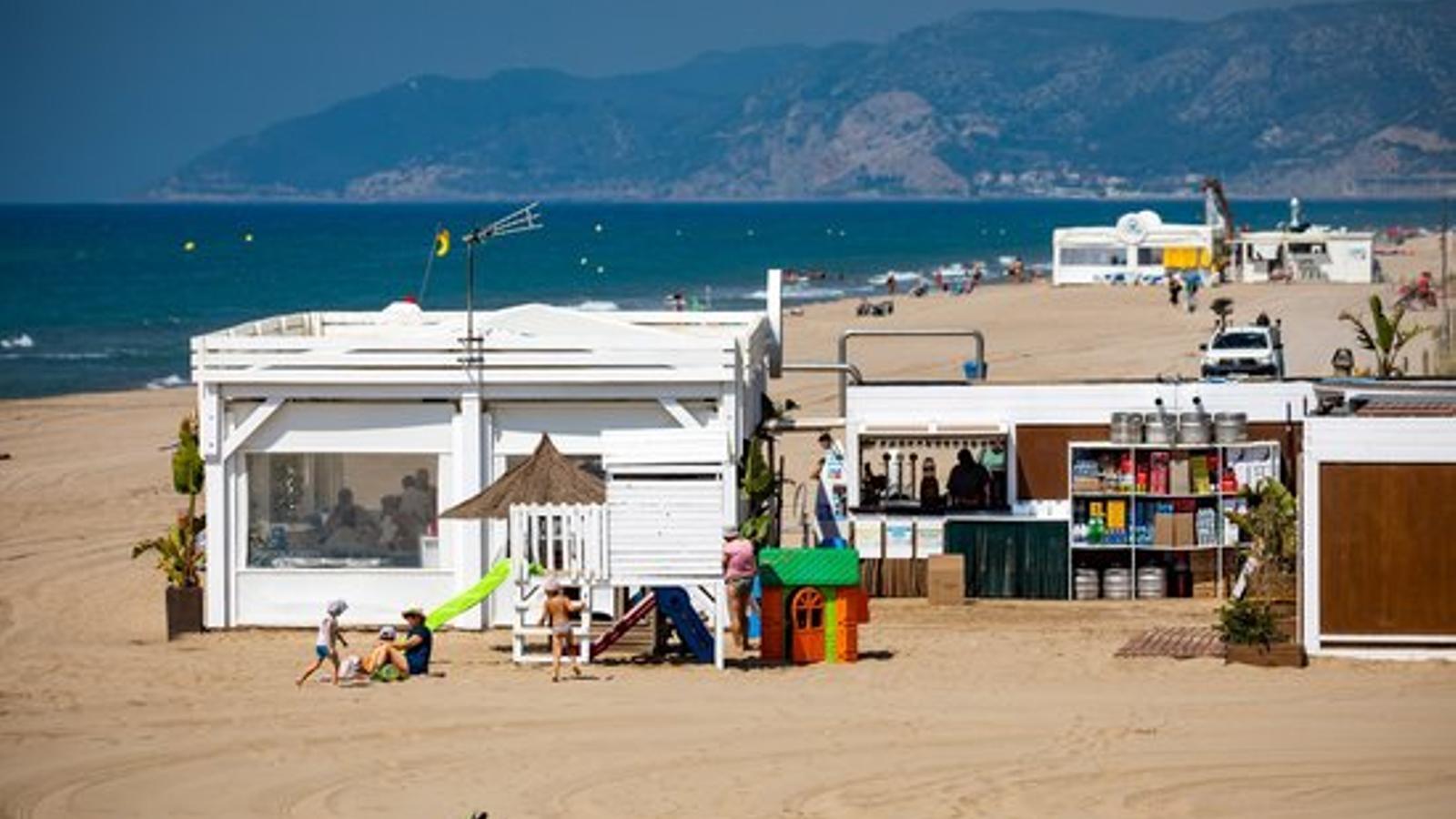Covid causes more poverty in southern Europe


Little by little the European institutions are mapping the economic impact of the covid-19 pandemic on different territories. And, despite the historic initiative of launching the most important economic reconstruction plan in its history (the Next Generation funds) and states' high indebtedness, the map continues to reveal, with some surprising exceptions, a fracture between north and south. According to Eurostat data, Spain is one of the nine European Union states in which the pandemic has increased the risk of poverty among the working-age population. Most of them are southern states, such as Spain itself and also Portugal, Italy, Greece, Bulgaria or Slovenia, but in this list also appear countries like Ireland, Austria or, most surprisingly, Sweden.
In contrast, in the countries of central and northern Europe, mainly France, Germany, Belgium and the Netherlands, but also in the eastern and Baltic countries, the risk of poverty has remained stable. In Estonia it has even decreased. The reason pointed out by the European statistics office is the collapse of the savings rate of Spanish families in recent quarters (there is no segregated data for Catalonia), despite the fact that at the beginning of the pandemic, during mass lockdown, the savings rate soared in Spain, where it had been one of the lowest in Europe, and also in the EU as a whole, to rise above 25%.
This situation was caused by the impossibility of spending on leisure and because the health crisis caused many families to postpone major purchases. But already in autumn 2020, when the second wave impacted with great power, the savings rate began to fall to below 10%. Economists point to the lack of stimuli and direct aid to businesses and families as the cause of this worsening of household economies. And here again it has been seen how rich countries, such as Germany, were able to compensate many businesses' loss of income, while in Spain aid has been scarce and not very agile due to bureaucracy.
Obviously, the current picture can be reversed if good use is made of European funds, but from the outset the same thing has been proven that was already seen during the crisis of 2008-2012: there is a two-speed Europe at economic level. One, the south, which drags deep structural imbalances, such as high unemployment and runaway public debt, with an economy heavily dependent on sectors such as tourism that do not create quality jobs, and another, the north, more focused on industry and exports, and with healthy public finances.
Hopefully, European funds will erase this invisible border and help achieve true European convergence in terms of purchasing power and social protection. For the moment, the impact of the pandemic has done just the opposite: it has widened the gap between north and south.
